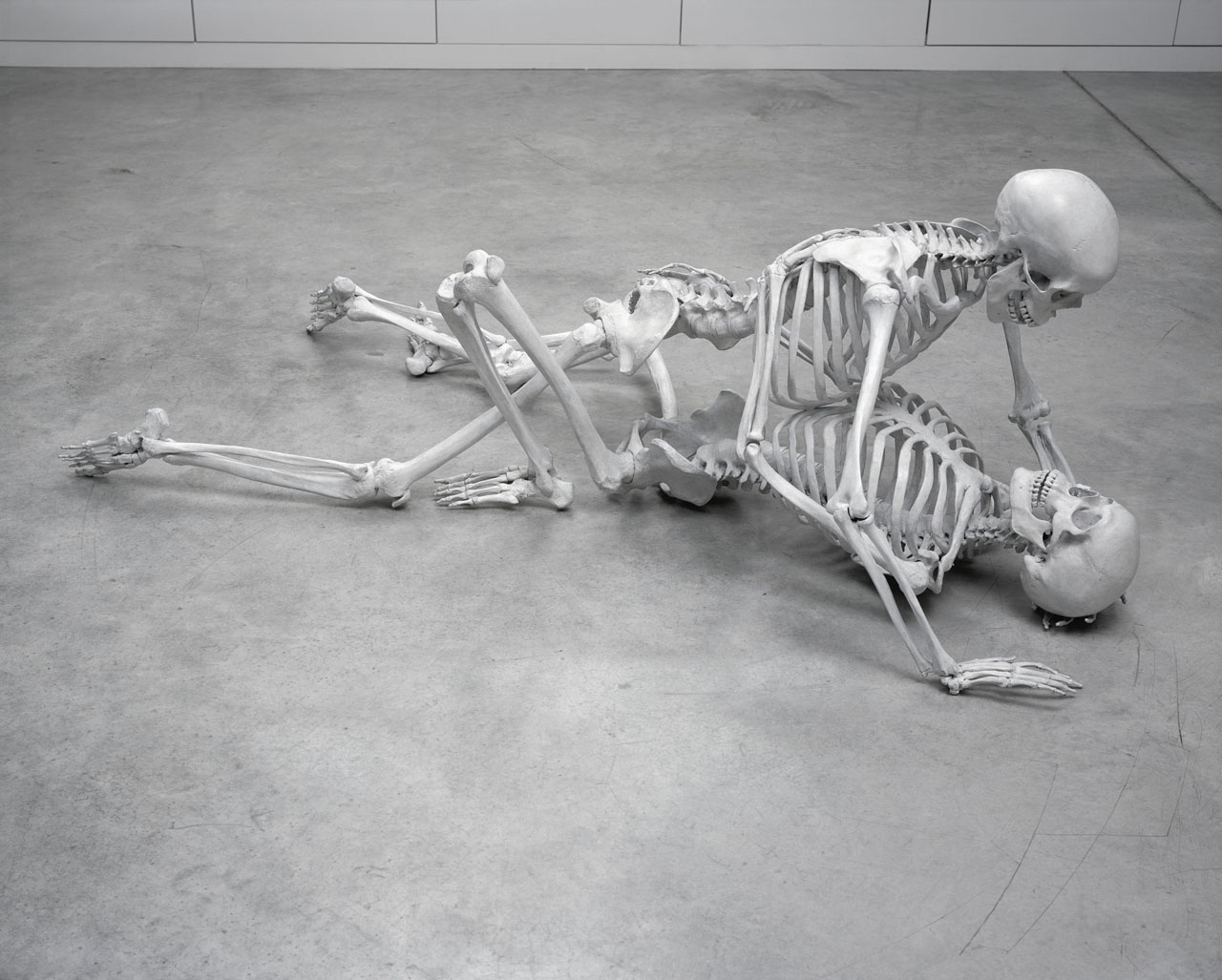
Foundation
Marc Quinn
October 5 → January 6, 2008
Gathering over forty recent works, DHC/ART’s inaugural exhibition by conceptual artist Marc Quinn is the largest ever mounted in North America and the artist’s first solo show in Canada
Upon entering the exhibition Lee Bae: UNION, I am drawn into a space of quiet contemplation.
A quality of quiet that allows one’s inhalations to resonate throughout the room. A quiet that augments optical observations and magnifies minutiae. The convergence of the deep black artworks with the bright white walls seems significant: while each exudes distinctive attributes, the potential of these two colours is particularly conjured when they are seen in relation to one another. As I question where the threshold of expression between these colours begins and ends, I am reminded of Buddhist monk Thich Nhat Hanh and his teachings about inter-being. Hanh writes:
“If you are a poet, you will see clearly that there is a cloud floating in this sheet of paper. Without a cloud, there will be no rain; without rain, the trees cannot grow: and without trees, we cannot make paper. The cloud is essential for the paper to exist. If the cloud is not here, the sheet of paper cannot be here either. So we can say that the cloud and the paper inter-are. … If we look into this sheet of paper even more deeply, we can see the sunshine in it. If the sunshine is not there, the forest cannot grow. In fact nothing can grow. Even we cannot grow without sunshine. And so, we know that the sunshine is also in this sheet of paper. The paper and the sunshine inter-are. And if we continue to look we can see the logger who cut the tree and brought it to the mill to be transformed into paper. And we see the wheat. We know that the logger cannot exist without his daily bread, and therefore the wheat that became his bread is also in this sheet of paper. And the logger’s father and mother are in it too. When we look in this way we see that without all of these things, this sheet of paper cannot exist. … Looking even more deeply, we can see that we are in it too… because when we look at a sheet of paper, the sheet of paper is part of our perception.” [1]
Looking through this lens of inter-being, a walk about the exhibition reveals that:
smooth exposes rough
constellations become wholeness
thickness holds fragility
erasure provides form
stillness evokes ephemerality
smoke inspirits coal
paint performs wood
presence expresses memory
As I attune my awareness to the relationships between and within the artworks, I recall Cheryl Sim’s comment, in the curatorial essay, that “each painting and sculpture bears the same title, an approach that conveys how each exists independently yet remains part of a greater whole, recalling the holistic nature of ecosystems.” [2] These reflections then conjure considerations about the systems and networks that that exhibition itself exists within.
For example, I imagine the flow of rushing rivers in northern Quebec as they generate the energy for the electrical circuits that bring power to the lights that now shine upon the artworks. There are also the human-generated networks that made the exhibition possible: the many people whose hands and organizational skills helped bring these artworks to the room where I now observe them—efforts expertly left unseen yet integral to the exhibition’s becoming. I also ruminate on how my perception and interpretation of Lee Bae’s work is influenced by my previous exposure to visual art. For example, my reflections on inter-being recall recent readings about the spiritual cosmology of Anishnaabe painter Norval Morrisseau, who uses connective lines to “mark relationships, often forming closed loops, almost resembling electric circuits… that connect the figures to one another to create a balanced composition of interrelated figures.” [3] Perhaps the traces of fire in Lee Bae’s work may be understood as an energetic charge or conceptual circuit that holds the artworks in relation to one another.
I continue walking, slowly, and a dance of details emerges. I resist the urge to reach out and touch the textures by reshaping my visit as a photo walk. My cellphone camera becomes a perceptive enhancement that permits me a more intimate interaction with the works and the gallery space. Compelled by juxtapositions, contrasts, and the effects of light, I encounter:
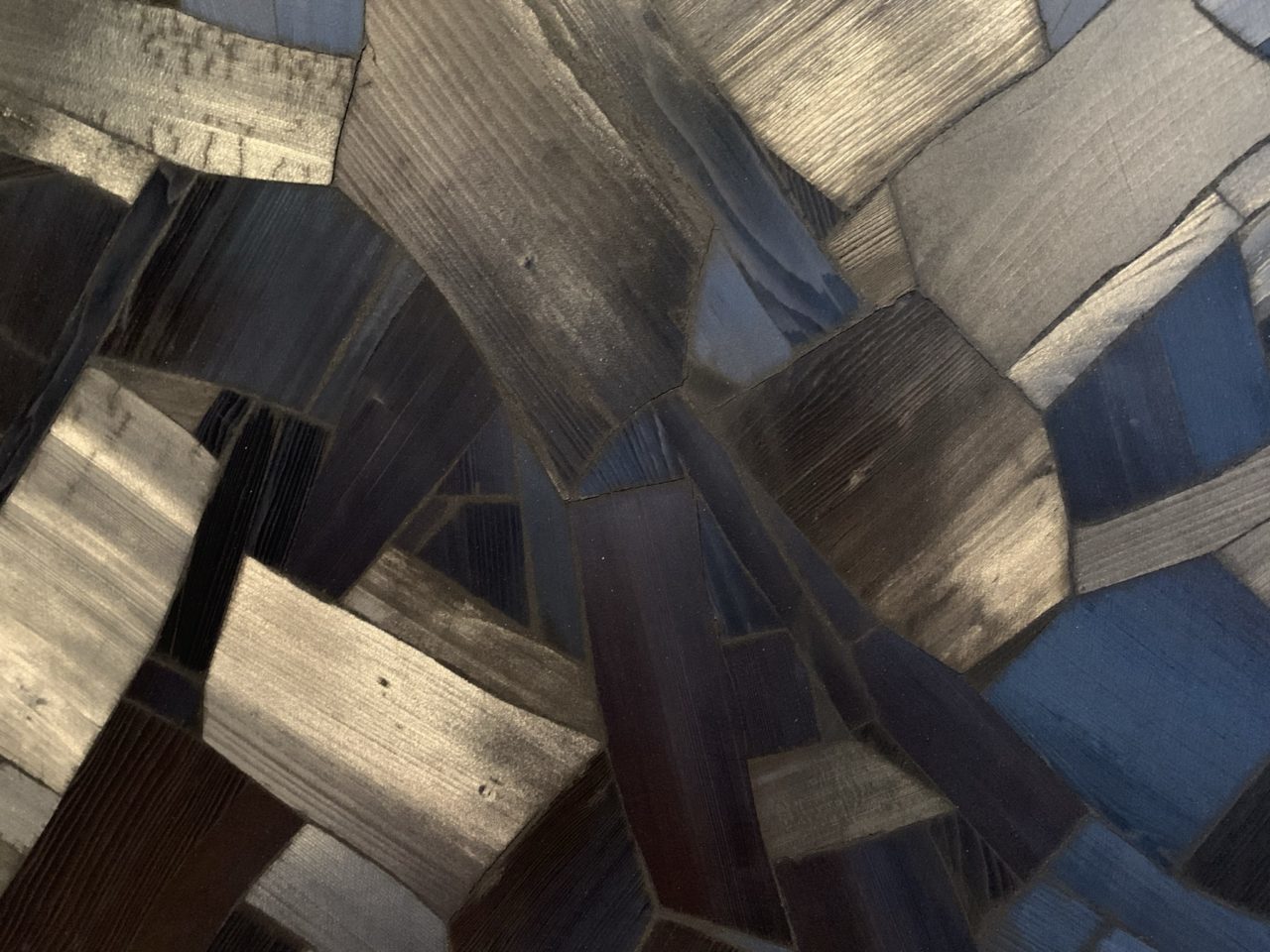
Radiant shimmers of blue and gold
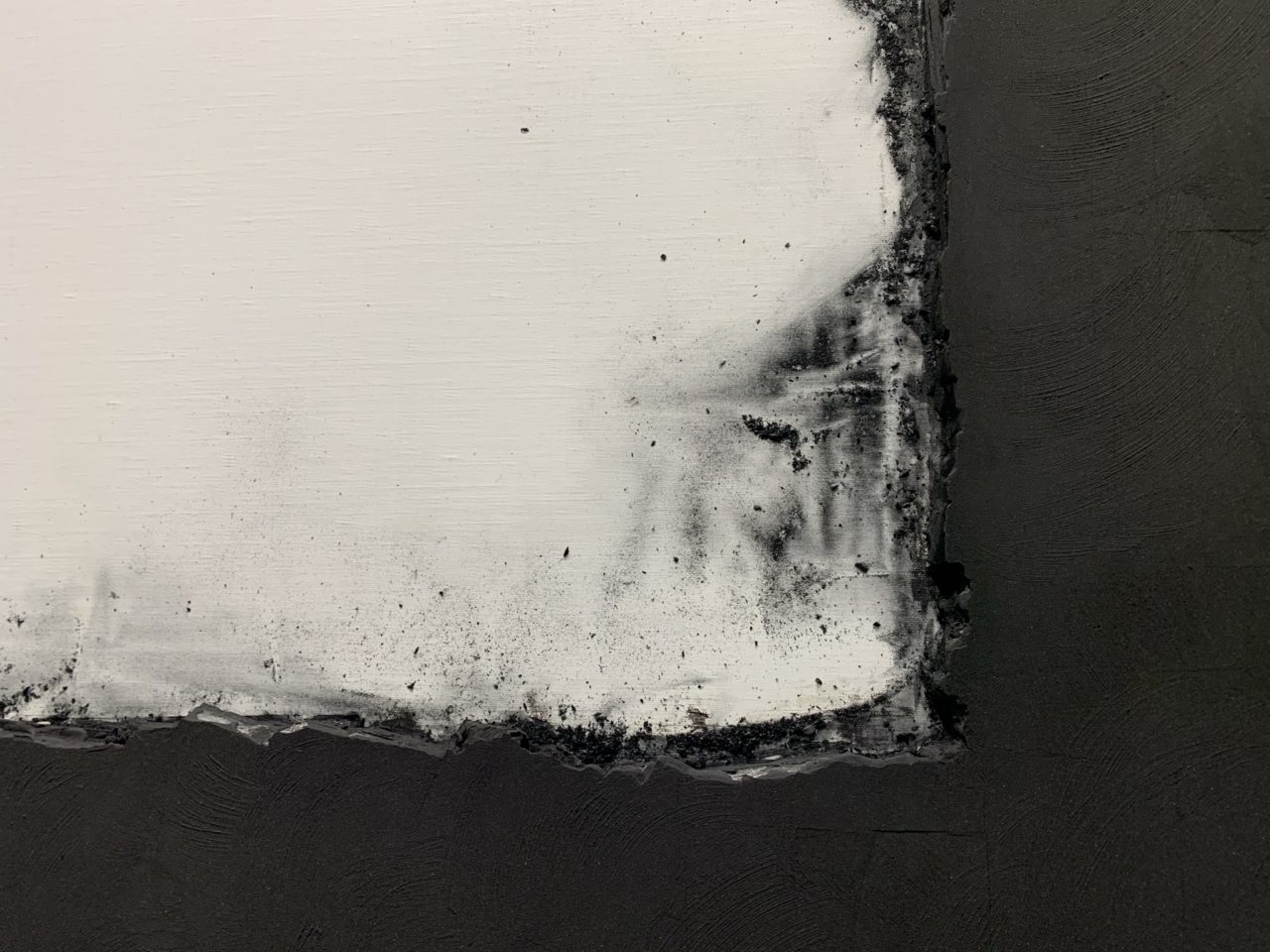
Blurred and animated confluences
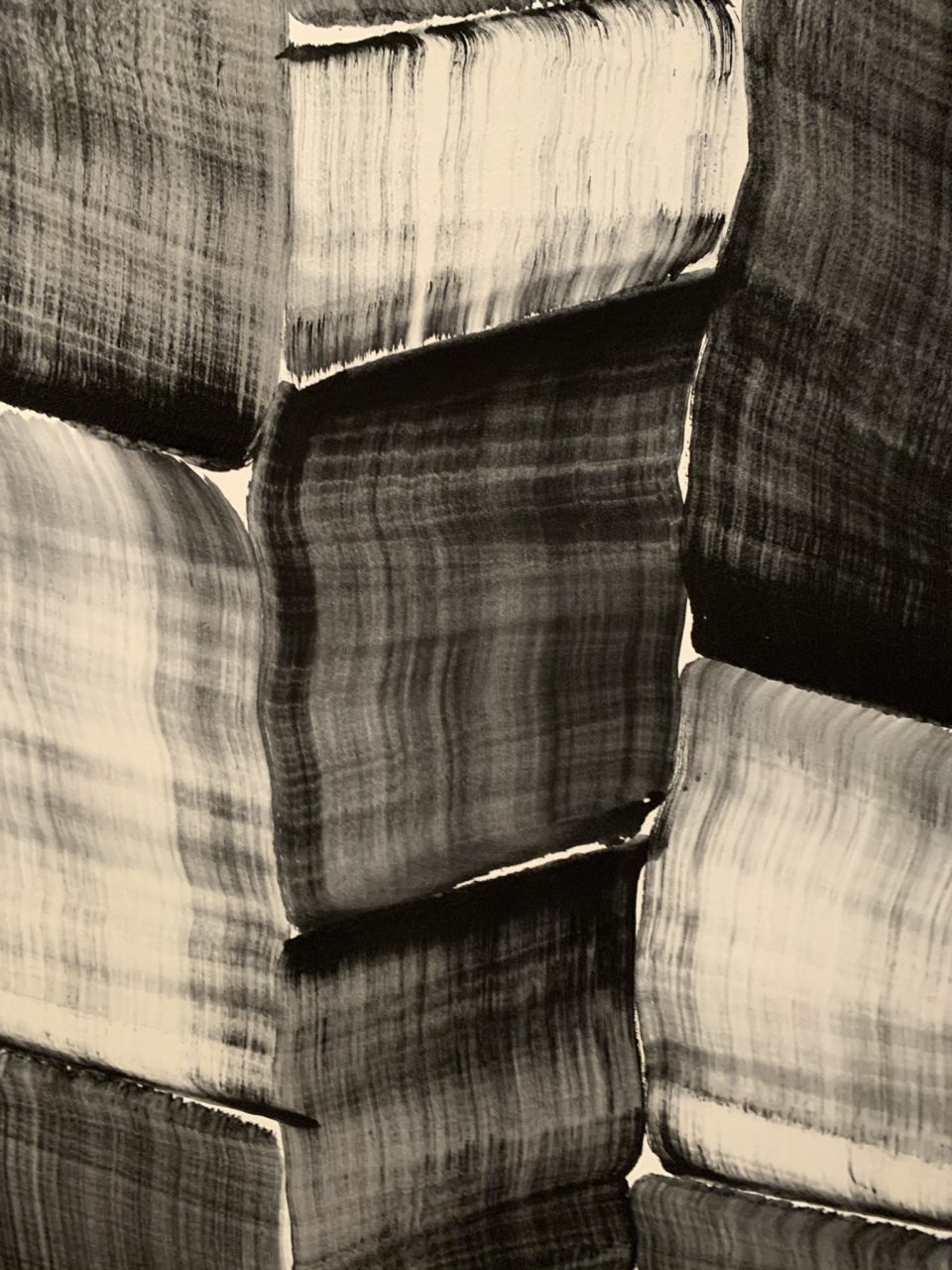
Graceful forms enhanced by the subtle spaces in between
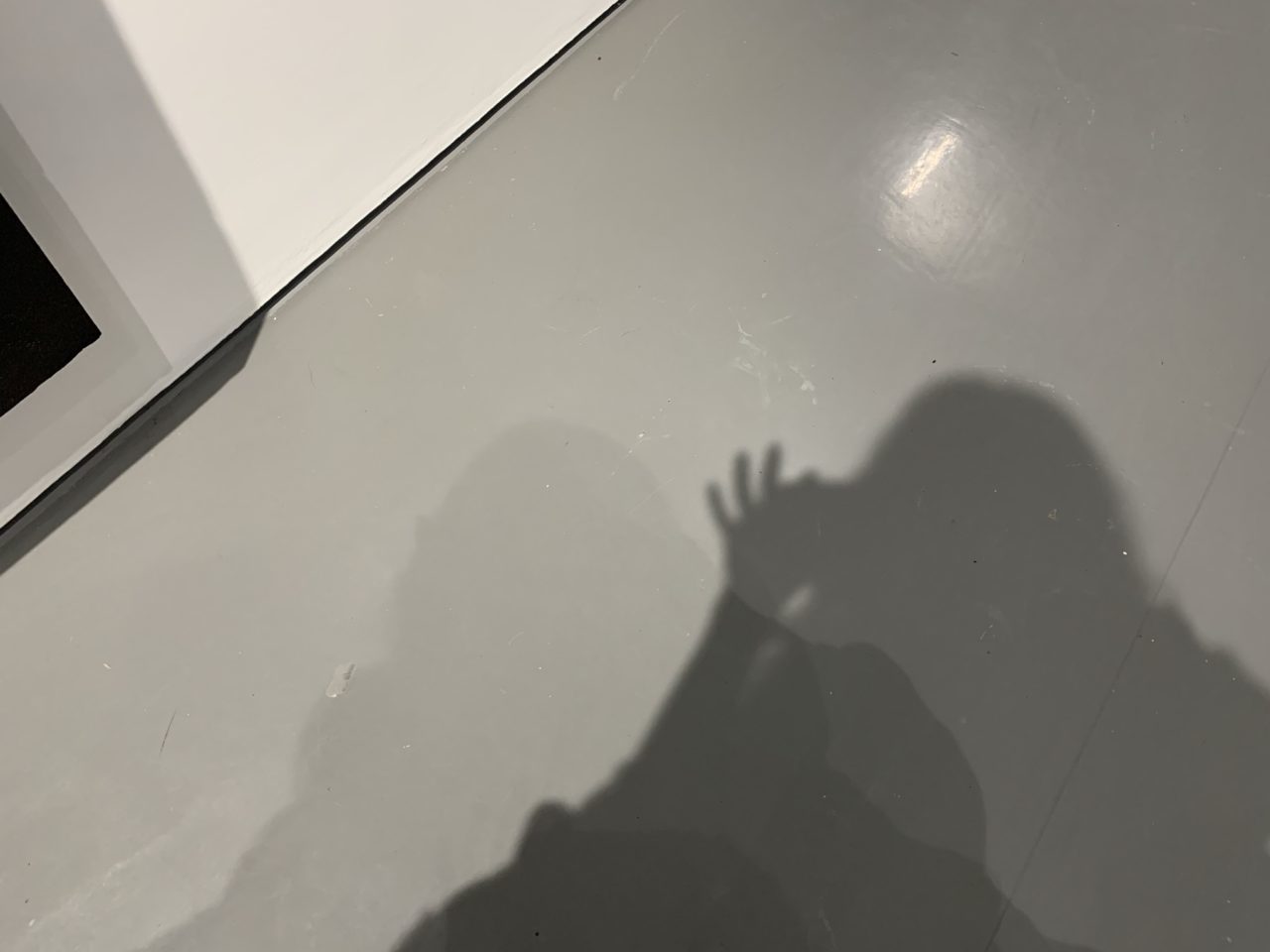
Shadows holding tonal resonances
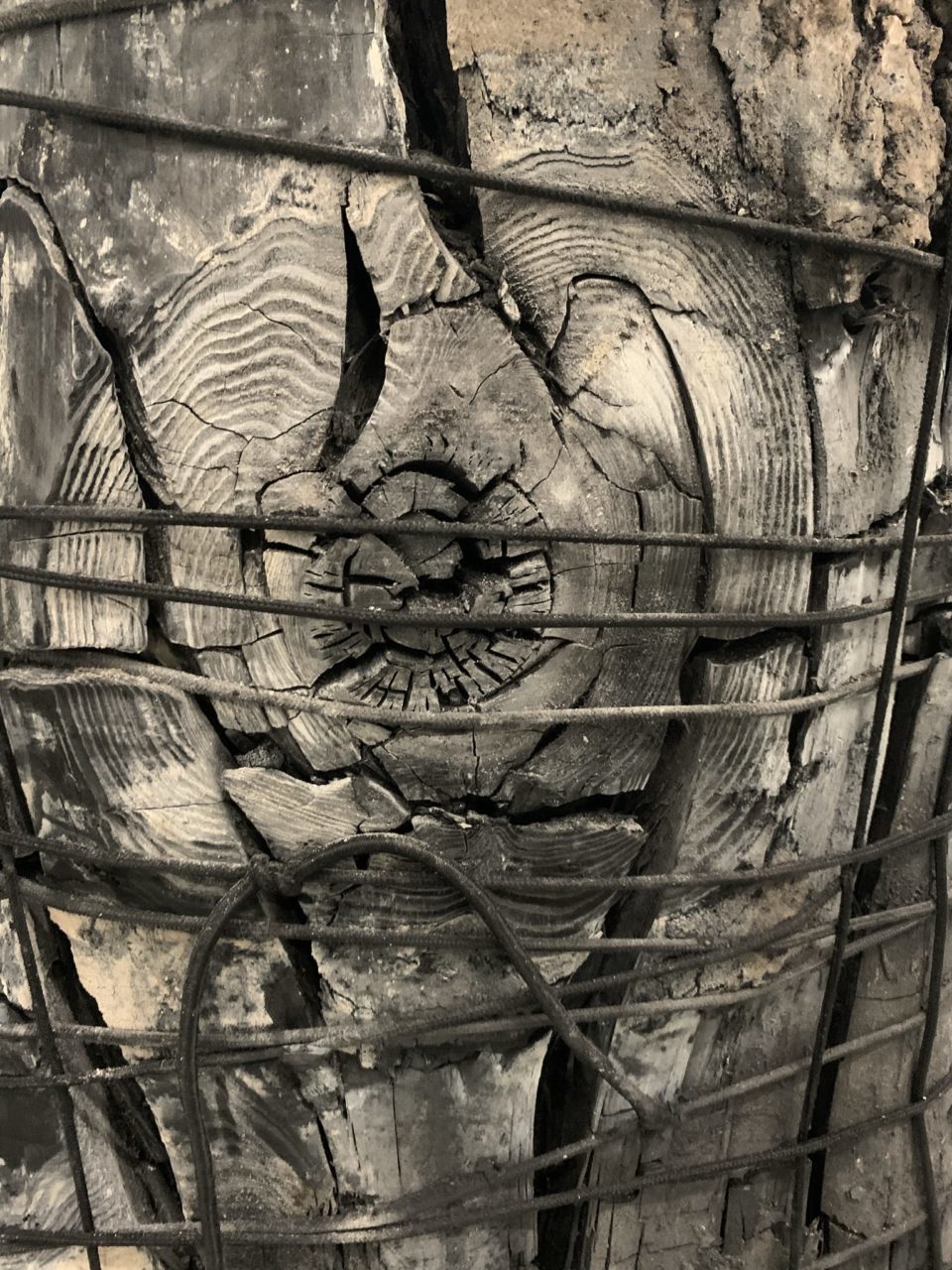
Cracked and charred textures that bear witness to temporal passage

Perception becomes permeated.
As I exit the exhibition, walking down the stairs leading outside, I continue to carry Lee Bae’s offerings with me.
Suggestion
Experiment with a contemplative photo walk in Lee Bae: UNION. As you enter the exhibition, what are the sounds, colours, textures, shadows, shapes, and other details that catch your eye? Do you observe any connections and contrasts between the artworks and the gallery space? When, and why, are you compelled to look more closely? Does your camera’s lens enhance your perception of the works, and your interpretation of them? If so, how? As you leave the exhibition, do you continue to carry the exhibition with you, and, if so, how?
Complementary Learning
> The audioguide can provide an enriching addition to a photo walk.
> To experiment further with sensory attunement while walking, explore Activity #5 in the Family Kit.
[1] Thich Nhat Hanh, The Heart of Understanding: Commentaries on the Prajnaparamita Heart Sutra (Ypsilanti, MI: Parallax Press, 2009), 3–4.
[2] Cheryl Sim, Lee Bae: UNION, exhibition brochure (Montreal: Fondation PHI, 2021).
[3] Carmen Robertson, Norval Morrisseau: Life & Work (Toronto: Art Canada Institute, 2016). Available at: https://www.aci-iac.ca/art-books/norval-morrisseau/style-and-technique/#lines
Movements: Lee Bae is a tool designed by the PHI Foundation’s Department of Education to encourage visitors to develop and elaborate on some key concepts of the exhibition Lee Bae: UNION.
Author: Pohanna Pyne Feinberg
Pohanna Pyne Feinberg is an artist-educator who works with multiple forms, including participatory audio walks, paper-cutting, and printmaking. Impermanence, co-creation with place, collective memory and circularity are recurring considerations in her practice. In 2019, she completed a Ph.D. in Art Education (Concordia University, Montréal) that explored walking as a creative process and a form of artistic expression. She also teaches art history at Dawson College, where she is co-leading a two-year ECQ funded project to foster indigenizing and decolonizing art history curriculum/pedagogy in CEGEPs. Her approach to exhibition-based art education focuses on encouraging reflection and dialogue to enable epiphanies and personal empowerment through artistic connection.

Foundation
Gathering over forty recent works, DHC/ART’s inaugural exhibition by conceptual artist Marc Quinn is the largest ever mounted in North America and the artist’s first solo show in Canada
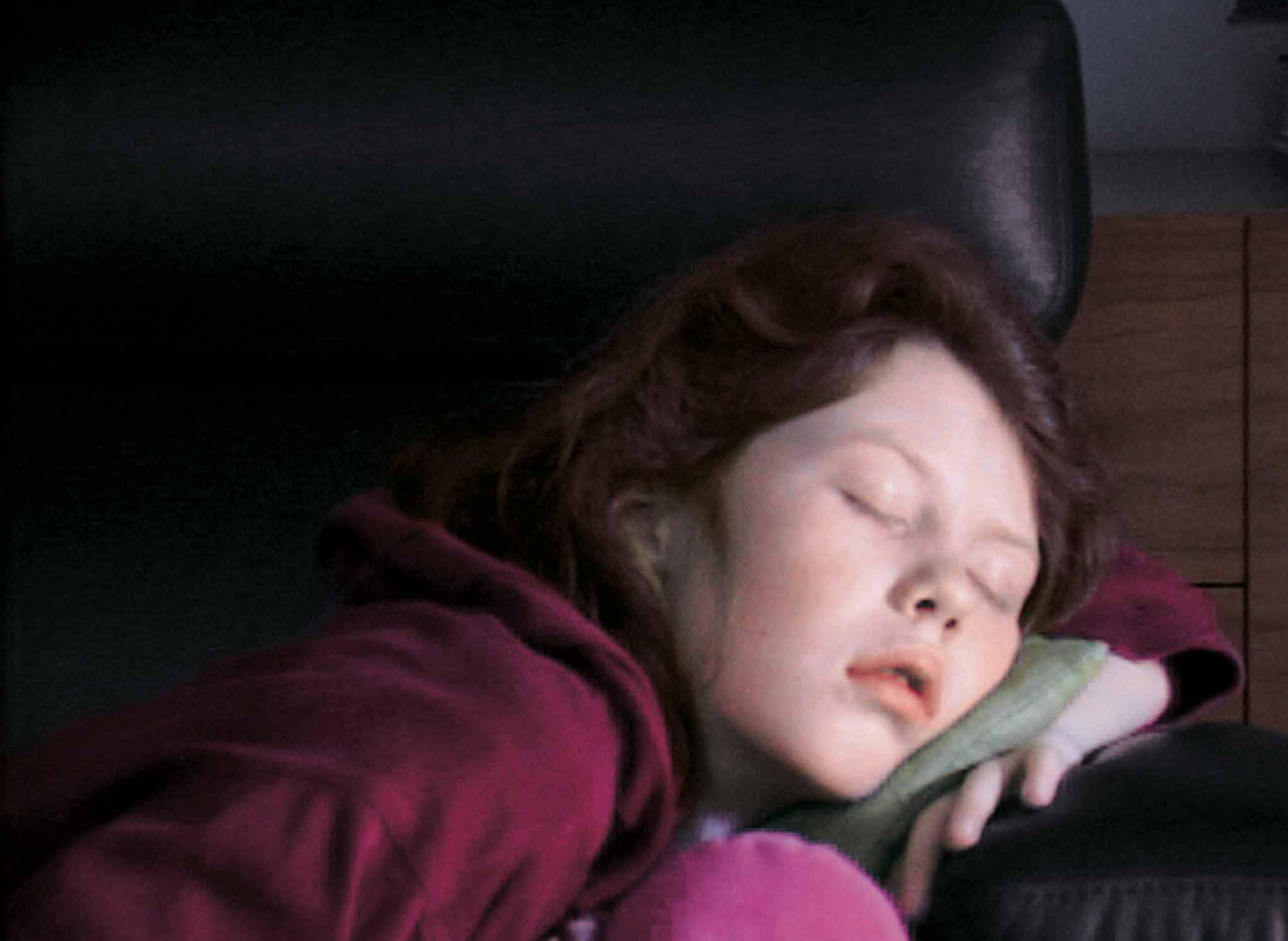
Foundation
Six artists present works that in some way critically re-stage films, media spectacles, popular culture and, in one case, private moments of daily life
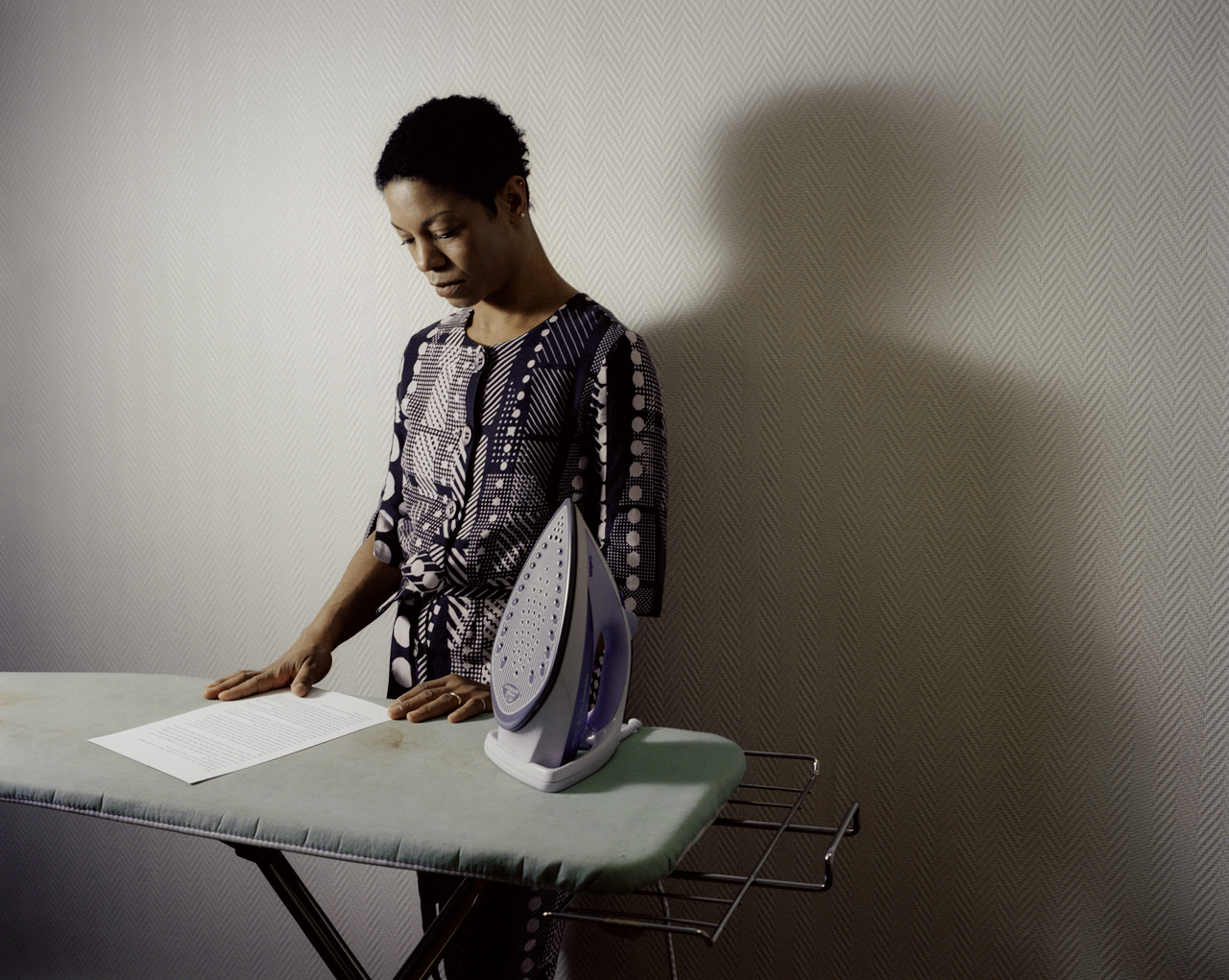
Foundation
This poetic and often touching project speaks to us all about our relation to the loved one
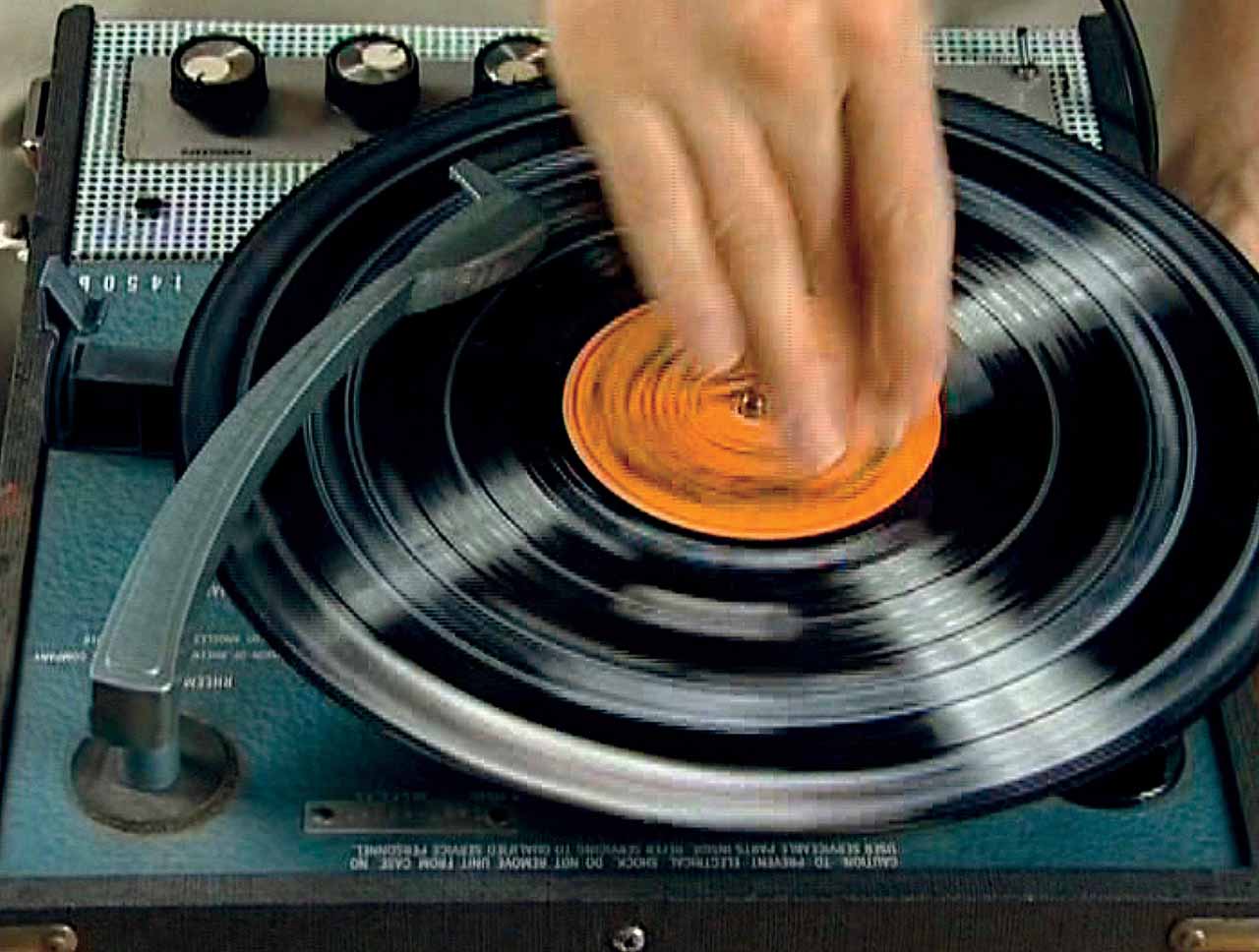
Foundation
DHC/ART Foundation for Contemporary Art is pleased to present the North American premiere of Christian Marclay’s Replay, a major exhibition gathering works in video by the internationally acclaimed artist
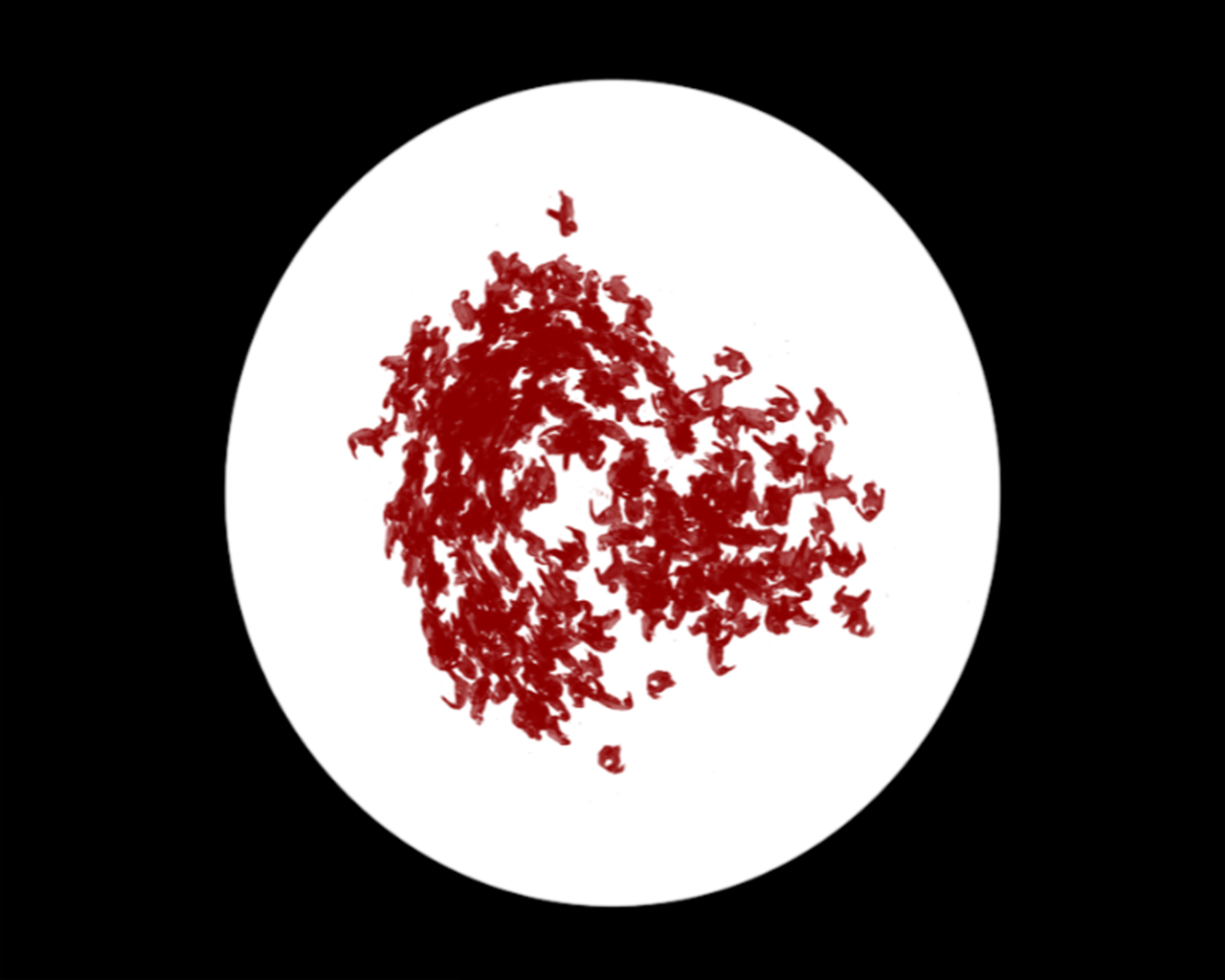
Foundation
DHC/ART is pleased to present Particles of Reality, the first solo exhibition in Canada of the celebrated Israeli artist Michal Rovner, who divides her time between New York City and a farm in Israel
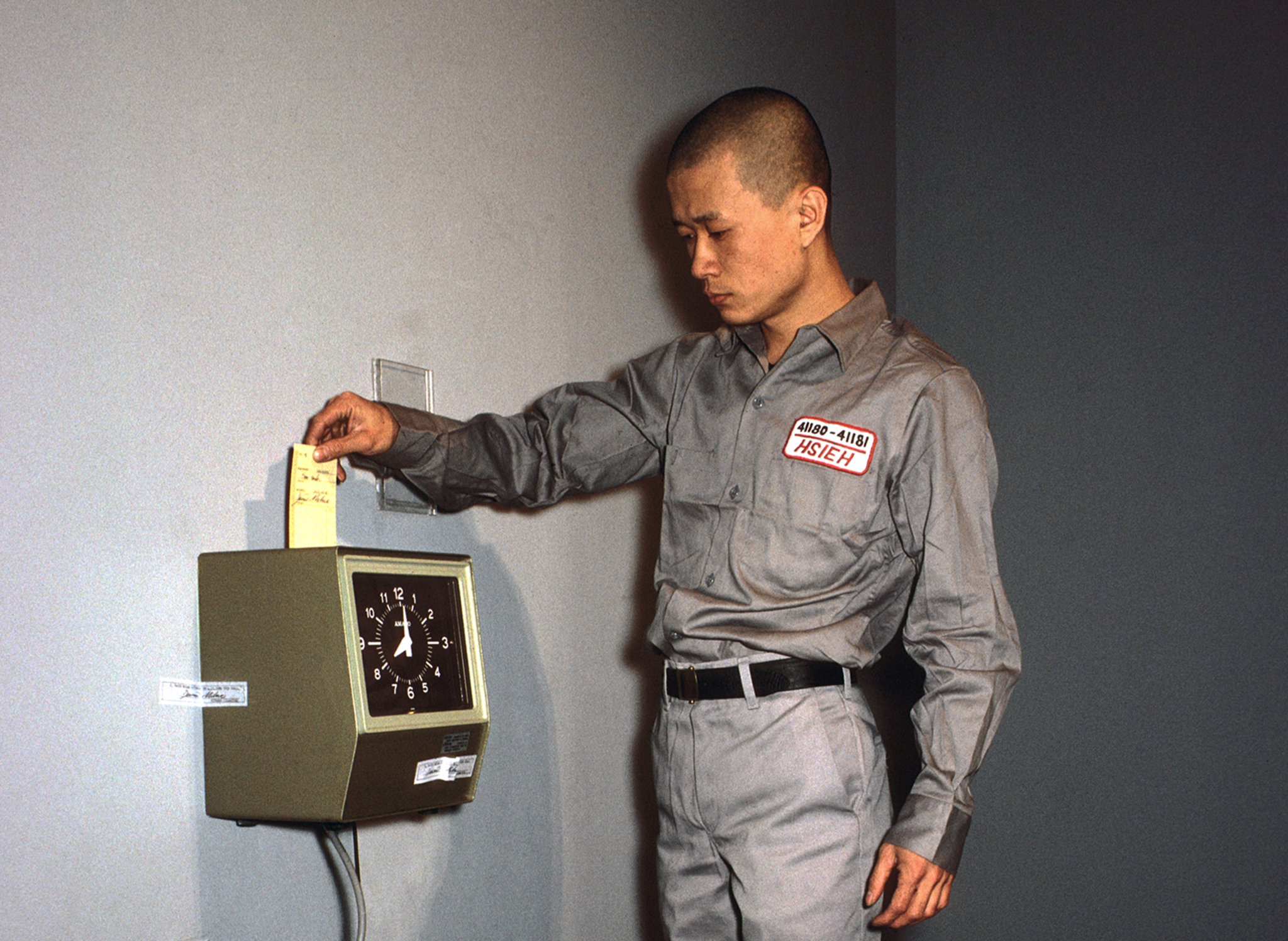
Foundation
The inaugural DHC Session exhibition, Living Time, brings together selected documentation of renowned Taiwanese-American performance artist Tehching Hsieh’s One Year Performances and the films of young Dutch artist, Guido van der Werve
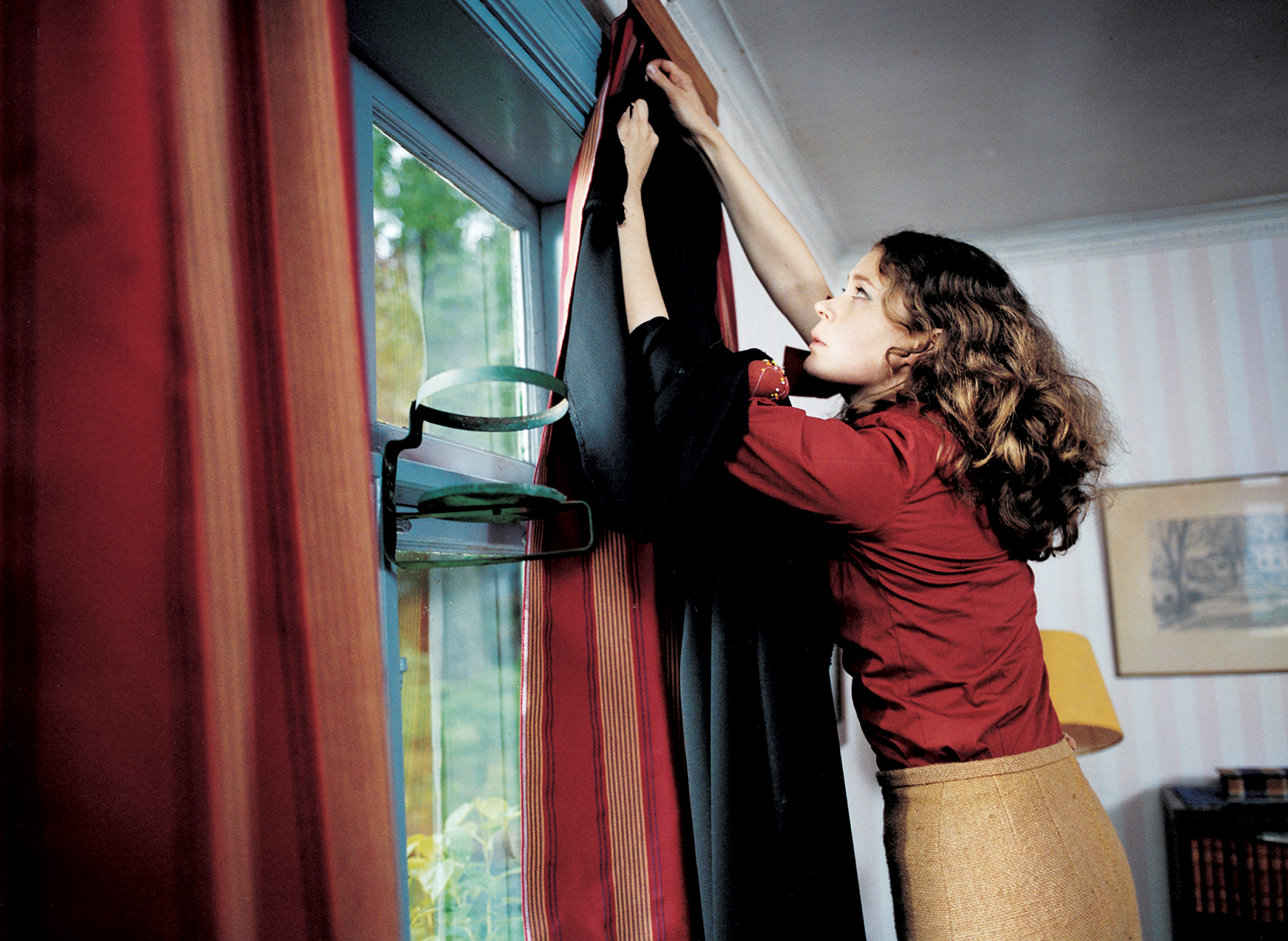
Foundation
Eija-Liisa Ahtila’s film installations experiment with narrative storytelling, creating extraordinary tales out of ordinary human experiences
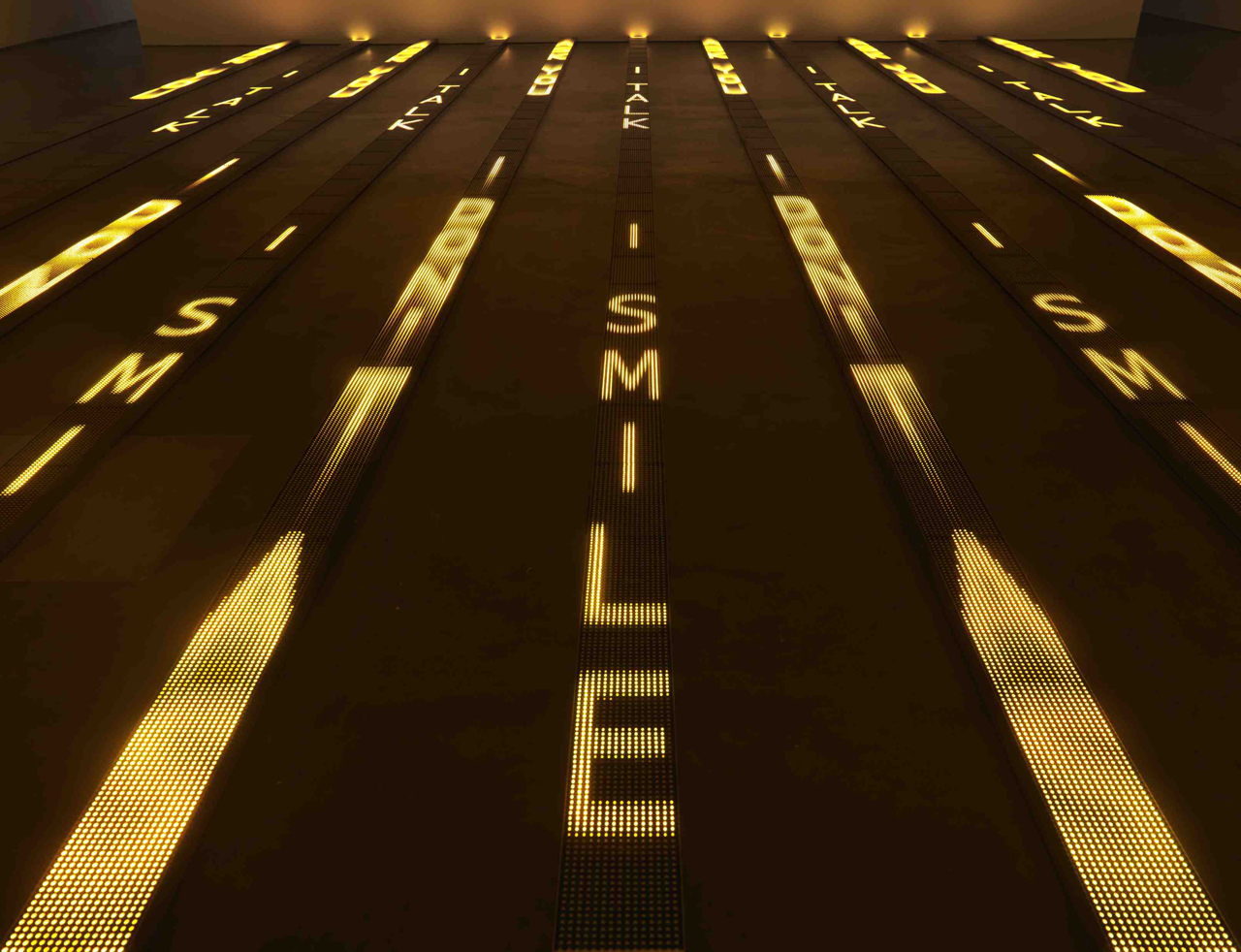
Foundation
For more than thirty years, Jenny Holzer’s work has paired text and installation to examine personal and social realities